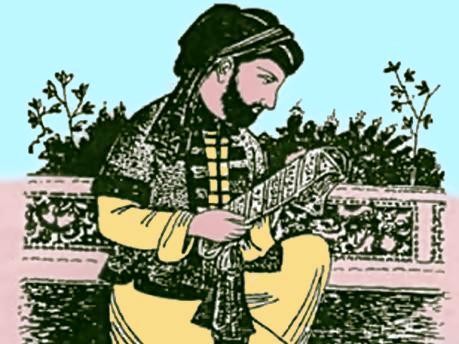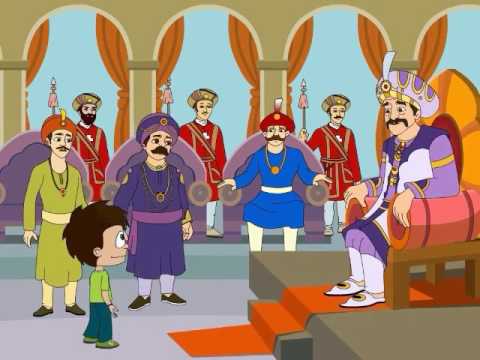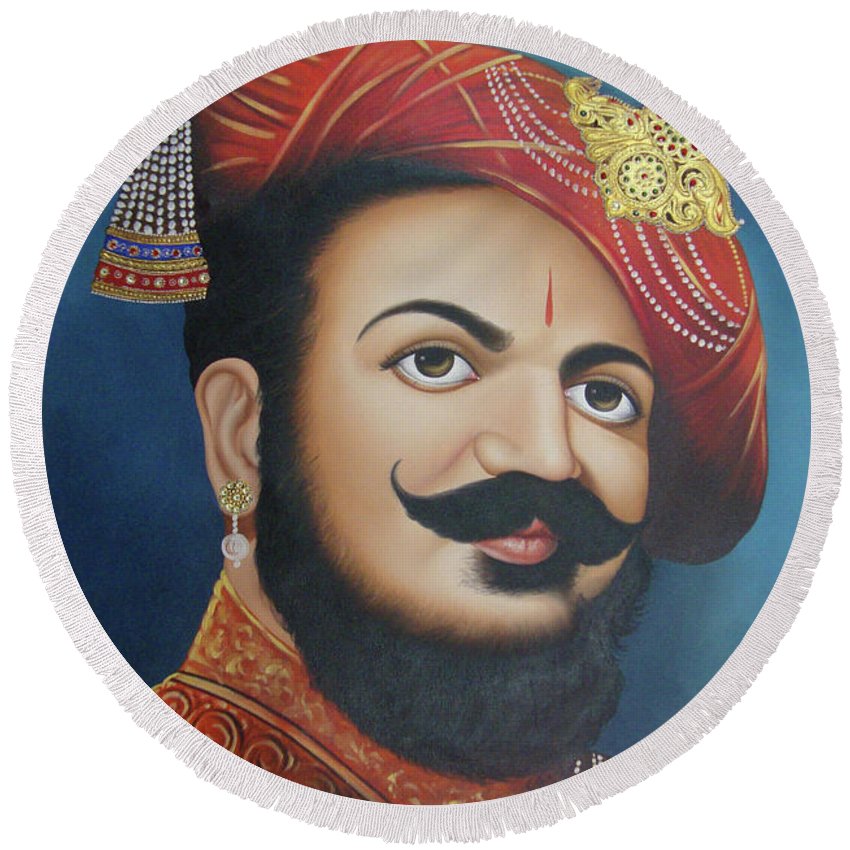Alauddin Khilji’s market control system
The most prominent improvement in economic reforms by Alauddin Khilji was his market control policy. Barni has mentioned this in his book Tarikhe Firozshahi.
After sitting on the throne, Alauddin’s desire was to win the whole India. It required a large army. Morland has speculated that if he organized the army even on the normal salary, the money would end in only five years. Therefore, he decided to reduce the salary of the soldiers. But they did not have to face any kind of difficulties, so he fixed the prices of their essential items. It was called his
market control policy.
There were four types of major markets in this policy
Alauddin set up four markets in the market control policy- Galla-e-Mandi, Sarai-e- Adal, Market of Horses, Slaves, and livestock and Common Market in which Galla- e-Mandi was the most successful.
- Galla Bazar (Anaj Mandi) – In this market, various types of grains were sold at the prices fixed by the state. The market’s head was known as Shehna-e-Mandi. In this market, only those traders used to sell grains, which are registered in the office of Shehna-e-Mandi. In order to facilitate the supply of grains in this market, Alauddin recovered the land revenue in the form of grains instead of cash and the markets were authorized to bring grains from the villages to these mandis. Malik Kabul was the Shehna-e-Mandi in the time of Alauddin Khilji.
- Sarai-e-Adal (Clothe market) – Besides various types of clothes, items like herbs, ghee, oil etc. were sold in this market. The head of this market was called Rai Parvana. In this market, certain special types of textiles were sold like Tasbih, Tabrez, Kanjbhavari, Sunahri Jari, Khojje-Delhi, Sylheti, Seri-e-Bafta, Kamarbaad. In this market, Alauddin had provided the subsidy of 20 lakhs Taka to the merchants of Multan’s silky clothing to sell silky clothes at a lower price.
- The market of horses, slaves, and livestock – In this market, rates of different types of horses, animals, and slaves were fixed and tried to remove the middlemen from the market, because of which there was considerable fluctuation in the prices of goods, but Alauddin was not fully
successful in this. - General Markets – In addition to large markets, prices of small commodities were also fixed – like sweets, vegetables, hats, stockings, slippers, comb etc.
Area
There is a difference between historians regarding the area of market control policy, according to Moreland, it was only applicable in Delhi and its adjoining areas. While in the opinion of V P Saxena it was applicable to the whole of India. In conclusion, it can be said that Alauddin tried to apply his market control policy to the whole of India, but he got success only in Delhi and its adjoining areas.
Alauddin appointed the following departments and officials to make the market system successful
- Diwan-e-Ryasat – Economic Superintendent
- Shehna-e-Mandi – Market Superintendent
- Wared and Munhear– The secret variable
- Najir – Officer of Measures and weights
- Parvana Naves-Permit Officer
- Muhtsiv – officer of the sensor or officer of the monitor on the conduct
Kotwal was not involved in these officers because he was the chief officer of the city.
Market-related Acts : There were eight major Acts related to Alauddin’s market
First Act: – It was related to determining the price of all types of grains. The per 40Kg rate of certain major grains by the government was as follows.
- Wheat – 7.5 jeetal per 40Kg
- Barley- 4 jeetal per 40Kg
- Rice, Pulses, and Gram- 5 jeetal per 40Kg
- Other small grains – 3 jeetal per 40Kg
Second Act: – By this act, Malik Kabul Ulug Khani was appointed Shehna-e-Mandi.
Third Act: – This was concerned with collecting the grains from government godowns(warehouses).
Fourth Act: – All other carriers of the state were made subject to Shehna-e-Mandi and they were settled around Delhi.
Fifth Act: – It was related to hoarding.
Sixth Act: – The administrative and revenue officials were told that they would give the grain to the traders by farmers at fixed prices.
Seventh Act: – Sultan received reports related to Mandi from three independent sources- Shehna-e-Mandi, Wared, and Munhear daily.
Eighth Act: – Regarding the rationing of grains during the famine.
Sarai-e-Adal:
It literally means the place of justice. ऴut it was the market related to the manufactured goods, it was also received the government grants, here goods worth up to 10 thousand takas could be sold, the items sold here include precious clothes, nuts, herbs, ghee, sugar, etc. were prominent.
Five rules have also been made for Sarai-e-Adal, which are as follows:
- First rule: – Establishment of Sarai-e-Adal near Badaun Gate in Delhi.
- Second rule: – In this Act, Barni gives a list of the prices of some items. Silk cloth ranges from 2 Taka to 16 Taka, cotton cloth from 6 jeetal to 24 jeetal, 1 Kg ghee in 1 jeetal and 5 Kg salt in 1 jeetal.
- Third rule: – It was related to the registration of merchants. Sultan ordered all the merchants of the empire to register themselves in the Dewan-e-Riyasat or commerce ministry.
- Fourth rule: – It was related to Multani traders. Multani traders were related to the trade of cloth, they were given the right to control Sarai-e-Adal.
- Fifth rule: – Appointment of Parvana Naves or permit officer.
The trade of horses, slaves and cattle: There were generally four rules were applicable to these three markets
- Pricing on the basis of the variety.
- The boycotts of businessmen and capitalists.
- Strict control over brokers.
- Warrant inspection by Sultan.
There were three categories of horses for the army, the best type of horse priced in between 80-40 taka. The medium type of horse priced in between 80-90 taka. The third class horse priced in between 65-70 taka. The normal horse priced in between 12-20 taka. The prices of the slaves were dependent on their quality, good- quality slaves were found between 20-30 taka, whereas slaves (female) were found between 20-40 taka, the common slaves were found between 7-8 taka. The price of cattle was also different, Milk giving buffalo was found between 10- 12 taka and milk giving cow were found between 3-4 taka, goat or sheep was found between 10-12 and 14 jeetal.
An objective
Alauddin’s market control policy was successful in its objective. Alauddin Khilji wanted to conquer whole India with a large army. He succeeded in this purpose, in his time the price of goods neither increased nor decreased. Barni called it a miracle of the Middle Ages.
When Ibn battuta came to Delhi in 1333, he got rice to eat kept by Alauddin. But if it was seen in overall, then the system was unsuccessful, after Alauddin, no other Sultan kept this system going on.
When Gasisuddin Tughlaq sat on the throne, he reverted this system and restarted the old Galla Baxi system, in fact, his market system was in contradiction to economic principles. Dr. Tara Chand wrote that Alauddin killed the hen that gave the gold egg. To protect against frequent invasion of
Mangolon and to build a huge empire, a big army was established under Sultan Allauddin Khilji. This system was adopted for the soldiers to get the requisite items at a lower cost. This system was not implemented in the entire empire but in the military cantonments in and around Delhi.
This system was mainly for the soldiers and the rich, although the general public also received its limited benefit.
Dewan-e-Riyasat Department
Alauddin set up a Dewan-e-Riyasat department for monitoring the entire market control system and appointed the state employee (Shehna, Parvana, etc), state secret variable (wared), and personal secret variable (munhear) to oversee market activities.
According to Barni, Alauddin’s market control system was successful to some point and there was no difference of 2 jeetal in his lifetime.
Limited system
This system of Alauddin remained until his time. In this system, the economy was intervened by the control of the state. And the benefits were limited for the producers. Therefore, the motivation for production was reduced in producers. As a result, this system was ended after Alauddin.
Reference : https://www.indiaolddays.com/





